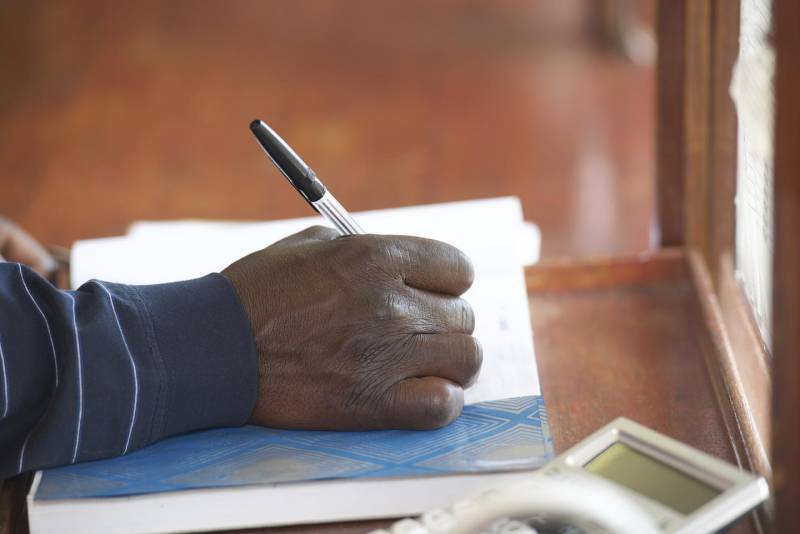
It doesn’t matter how many resources you have. If you don’t know how to use them, they will never be enough.
Every project requires the use of some type of resource. A resource is something you need to complete a task. When most people think about resources they think about money, but money is not the only resource. Sometimes a project will require human resources, like workers. Other projects might require the resources of time or space. Larger projects may require many different kinds of resources. When planning and organizing projects in the workplace, it’s important to figure out which resources are required, and coordinate or organize their use effectively.
When planning and organizing projects in the workplace, it’s important to be able to figure out what resources are required and coordinate, or organize them in the best way. The size of the project will determine what type and how many resources will be required. Usually the larger the project, the more resources you will have to coordinate. Unless you have a process in place, coordinating many different types of resources can be stressful. Here are five steps to help you learn to coordinate resources:
- Figure out what you need
- Estimate the cost
- Create a budget
- Organize workers
- Pay the bills

Figure out what you need
When coordinating resources, the best place to start is to figure out what you will need for the project. If this is your first time working on this type of project, this can be challenging. You could start by talking to other people who have worked on similar projects and finding out what resources they needed. As you start to think of ideas, keep track of them in a list. At this point, it’s okay to write down more than what you will actually need. It’s better to include unnecessary items and remove them from the list later than to leave out something important.

Estimate the cost
Now that you have an idea of the type of resources you will need for your project, you can begin to figure out how much it will cost. It’s important to estimate, or make an educated guess about the cost early in the planning process. This will help prevent surprise expenses later on.
To get started, you’ll need to look back at the list of resources you created earlier. For each resource, figure out how much you think that resource will cost. If your employer doesn’t have pricing information for the resources you need you might have to do some research. Search the Internet to find pricing information. You may need to contact the vendor, or seller, of an item if you can’t find pricing information on the Internet.

Create a budget
Once you have an idea of what all of your resources will cost, you can begin to create a budget. A budget is a list of expenses for the project. Your employer will probably set a limit to the amount of money you can use to purchase resources. It’s important to create a budget to show that your project won’t cost more than the amount allowed by your employer. Figuring out your budget can by done by taking the number needed and multiplying by the price of the item for each resource.
For example, if you need five pizzas to feed your team of volunteers, and each pizza costs $10, you would multiply 5 x 10, for a total cost of $50. Continue this process for each resource. Once you have the cost for each resource, add them all up for your total budget amount.

Organize workers
Larger projects might be too much work for you to handle on your own. You may need to organize volunteers or fellow coworkers to help you complete the project. If you’re organizing an event, you might need people to help you plan the event and volunteers to help work at the event. You also may need the help of others, not because there is too much work, but because the type of work is not something you know how to do.
Refer back to your to-do list and figure out what you can do yourself and what you will need help with. Then, think about who you can ask to help with each task. When you ask people to help with your project, be very specific about what they will be doing. Include as many details as you can. It might be helpful to create a written description for each job with a list of all of the duties and responsibilities. You can then share this description with each person you ask to help.

Pay the bills
Most service providers and vendors will send you an invoice, or bill, after they have finished their part of the job. Once the service has been completed or the product has been delivered, you will receive a bill, charging you for that product or service. Depending on the size of your organization, there might be an employee or an entire department that takes care of paying the bills. If that is the case, simply deliver the bill to the person responsible within your organization. If you are required to take care of paying the bill, find out how to pay the bill and when the bill is due. Then, make sure that you submit the payment before the due date to avoid penalties or additional expense.
Now that you’ve learned these five steps, you can make the most of the resources you have. Going forward, remember that the key to success is not the amount of resources you have; what matters is how you make use of them.
